Which Grater Is Best for Your Kitchen?
Graters are essential kitchen tools, but with so many types available, choosing the right one can be tricky. From box graters to microplanes, each has its unique purpose, whether you're shredding cheese, zesting citrus, or creating fine garnishes. Discover which grater will work best for your cooking needs and elevate your kitchen prep.

Graters are one of the most versatile tools in your kitchen, but with so many types out there, it can be difficult to know which one you need for different tasks. Whether you're shredding cheese, zesting citrus, or grating vegetables for a salad, choosing the right grater can make a world of difference. Let’s explore the various types of graters and how to make them work for you!
1. Box Grater: The Multi-Tasking Powerhouse
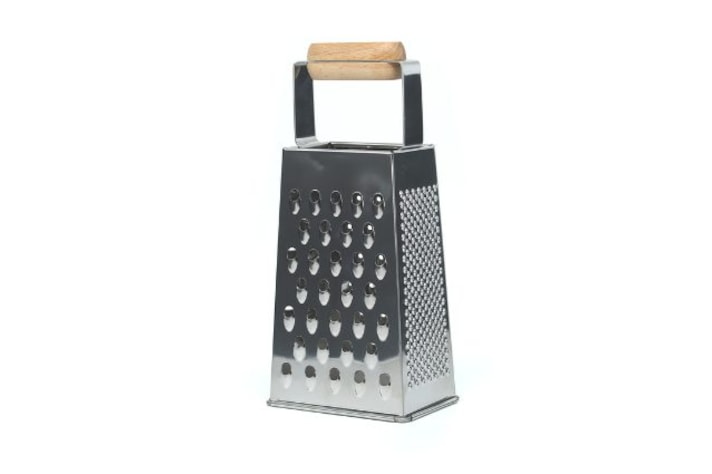
The box grater is a kitchen staple that offers several different grating options in one tool. With four sides featuring different types of grating surfaces—fine, medium, coarse, and slicer—it’s perfect for tackling a wide range of tasks. It’s ideal for grating cheese, vegetables, and even chocolate.
- Strengths: The versatility of a box grater makes it an all-in-one tool. You can shred cheese for pasta, grate carrots for a salad, or slice potatoes for a gratin. The large surface area helps speed up the job when you’re prepping larger amounts of ingredients.
- When to Use: For tasks that require a lot of grating or slicing at once, such as making hashbrowns, grating carrots for a cake, or preparing cheese for a pizza or casserole.
2. Microplane: For Precise, Fine Grating
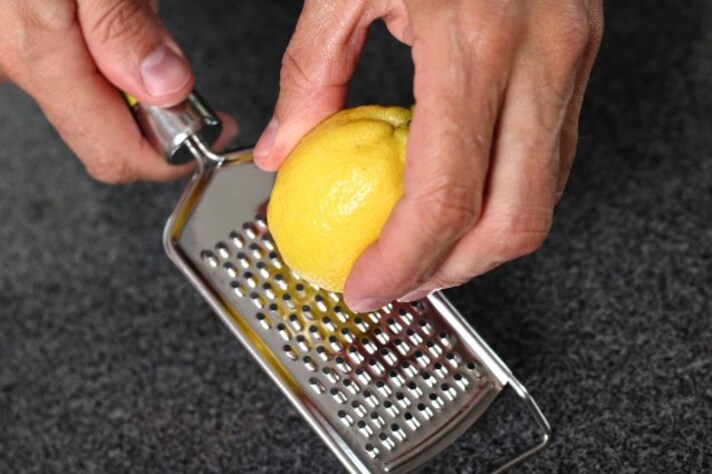
The microplane grater is known for its ultra-sharp, fine teeth, making it perfect for grating small amounts of ingredients with precision. While it's commonly used for zesting citrus or grating garlic, it’s also great for finely shredding hard cheeses like Parmesan or nutmeg.
- Strengths: Its razor-sharp teeth produce finely grated ingredients that can blend seamlessly into dishes. It’s particularly useful when you need a light dusting of flavor, like adding zest to a cake batter or Parmesan over a pasta dish.
- When to Use: For zesting citrus, grating ginger, nutmeg, or hard cheeses, or creating fine chocolate shavings for desserts.
3. Flat Grater: Sleek and Simple
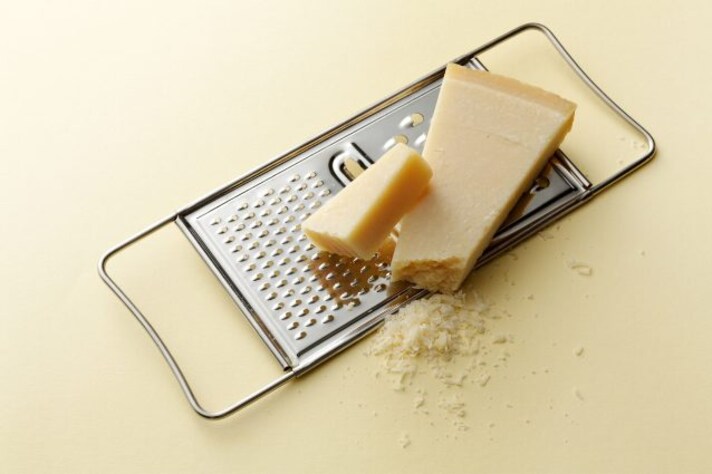
A flat grater, or handheld grater, is similar to a box grater but in a more compact, flat form. It typically comes with one or two grating surfaces, often fine or coarse. It’s easy to use and store, making it ideal for smaller tasks.
- Strengths: Its simple design and compact size make it convenient for quick jobs. It doesn’t require the space of a larger box grater, making it a go-to for small portions or when you’re short on time.
- When to Use: For smaller tasks like grating a small amount of cheese, zesting citrus, or grating a single vegetable like a small zucchini.
4. Rotary Grater: Effortless Shredding
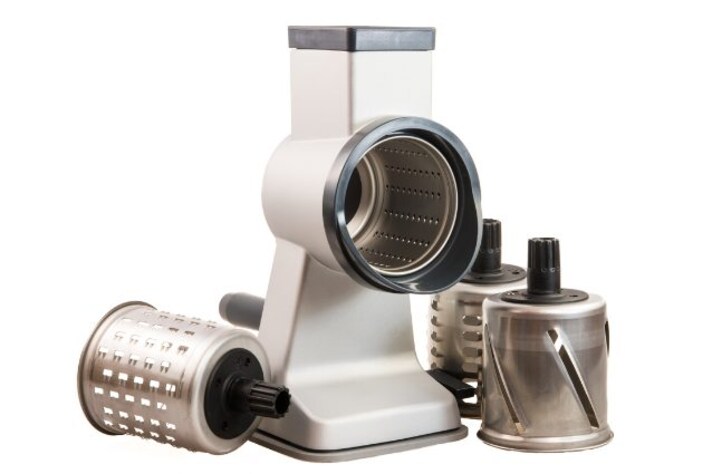
Rotary graters have a drum that you turn by hand, which allows you to grate ingredients with minimal effort. The rotating drum makes the process quicker, and it’s less messy than traditional hand grating.
- Strengths: Perfect for grating cheese quickly and efficiently, especially hard cheeses like Parmesan. The handle is designed for comfort and speed, and its mess-free operation makes it easy to collect the grated product without spilling.
- When to Use: For grating large quantities of cheese or nuts, especially if you're preparing large batches of food or need to grate in a hurry.
5. Coarse Grater: For Hearty Shreds
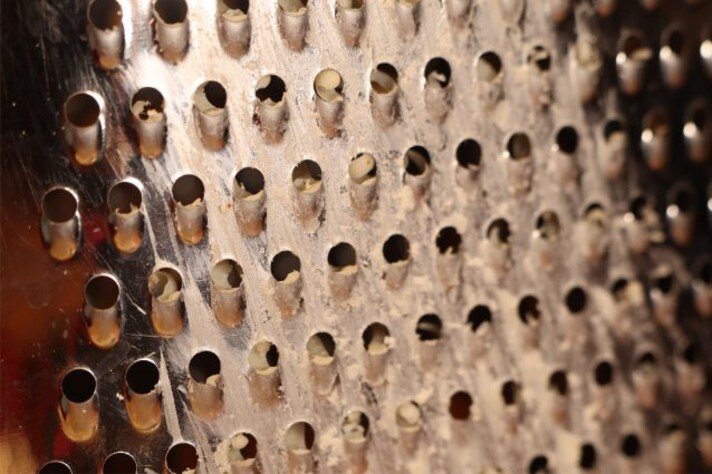
The coarse grater is great for creating larger, chunkier shreds, and is perfect for tasks like grating potatoes for hashbrowns or cabbage for slaw. The wide teeth make it easier to achieve bigger, heartier pieces, which are ideal for dishes that require more texture.
- Strengths: It provides larger pieces, which can add a delightful crunch to certain dishes. It’s perfect for vegetables or fruits that you want to maintain more of a bite in your dish.
- When to Use: For shredding vegetables like potatoes or carrots for a rustic salad, slaw, or fritters, or for grating cheese for a thicker topping.
6. Zester: For Fine, Delicate Shreds
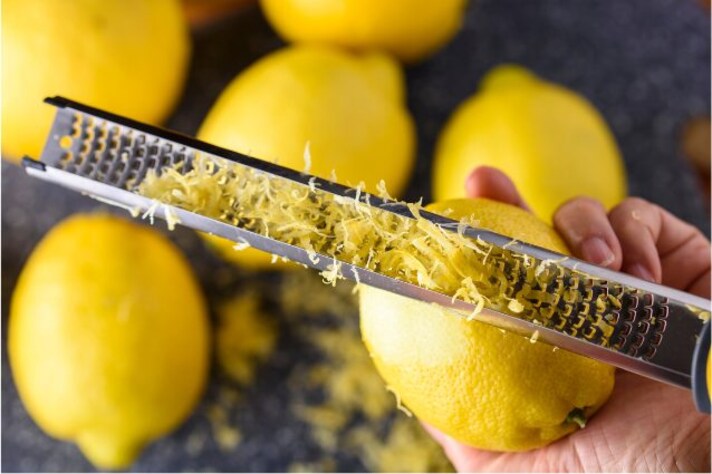
A zester is a smaller tool that creates very fine, delicate strips of ingredients. It's commonly used for zesting fruits or grating small quantities of hard spices and cheeses. It’s similar to a microplane but with an even finer texture, often used for garnishes or small flavor additions.
- Strengths: Its fine shreds are perfect for adding a delicate touch of flavor. It can create beautiful zest strips that are great for garnishing cocktails, cakes, or salads.
- When to Use: Ideal for citrus zest, grating small amounts of spices like nutmeg, or creating fine cheese shavings for topping a dish.
How to Choose the Best Grater for Your Kitchen
The best grater for your kitchen depends on what tasks you’ll be tackling the most. If you're someone who makes a lot of cheese-based dishes, a box grater or rotary grater might be ideal. If you need precision for things like zesting or grating spices, a microplane or zester will work best. A coarse grater is perfect for large, rustic shreds, while a flat grater is best for small, quick jobs.
;Resize,width=767;)


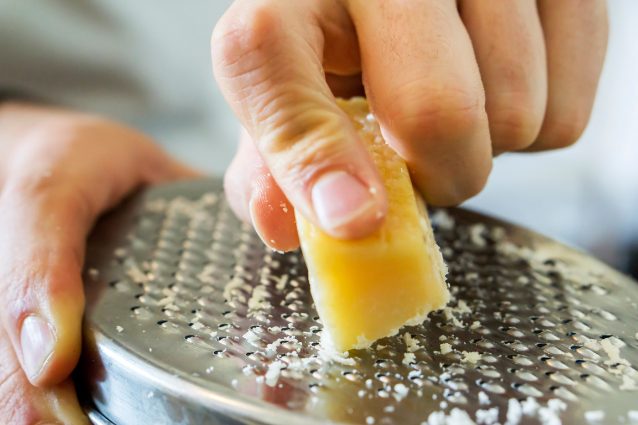;Resize,width=712;)
